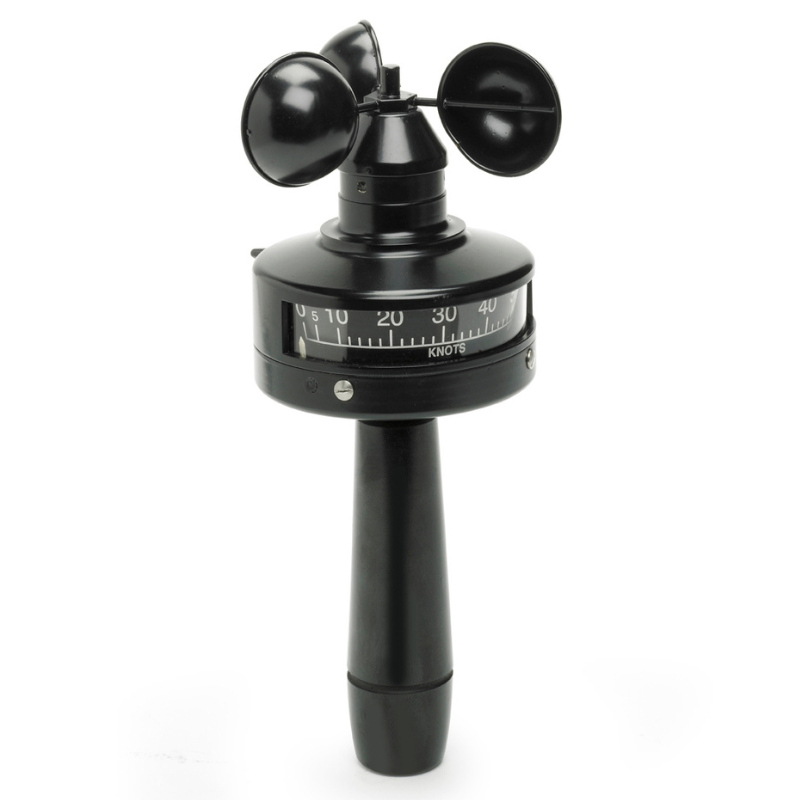The weather impacts air quality. It comes as no surprise, then, that many of the world’s most polluted cities are awkwardly situated from climatic perspective. In Santiago, Chile, where air pollution regularly exceeds critical levels, scanty rain and low wind speeds prevent atmospheric mixing from taking place, causing a build-up of smog. The city’s striking mountainous backdrop serves only to exacerbate the situation.
Wintertime in pollution-prone cities can be particularly problematic. When nights are long and the sun much lower in the sky, ground temperature often falls below that of the atmosphere, making vertical air movement (convection) more difficult. Temperature inversions of this nature create warm, impenetrable layers of air that trap pollutants at ground level. This is a common occurrence in Delhi and Beijing, two heavily contaminated cities.
the effect of weather on air pollution
Keeping in mind the effect of weather on air pollution, we find that there is another issue at stake – one of transnational political significance. The wind may help disperse contaminants, but it also carries domestic emissions across international borders. Although no modern nation is entirely blameless, China, with its reliance on dirty fuels and heavy industry, is a serial offender. Japan and South Korea have long borne the brunt of China’s accidental airborne attacks. It is even thought that some air quality violations in the US are directly attributable to emissions originating in Asia [1]. A similar state of affairs exists between the US and Canada. But despite sharing each other’s emissions, an Air Quality Agreement (established in 1991) is in place to tackle transboundary air issues. Bilateral agreements such as this are vital for effective management of cross-border pollution. Although responsibility resides with the producer, collaborative initiatives are needed to prevent hostility.
Air Quality Monitoring Strategies
Despite being a largely anthropogenic phenomenon, bad air is influenced by a number of factors outside of human control. Regardless, cross-border pollution produces a negative externality and may be viewed as a violation on the part of the producer. The observation of meteorological parameters, such as wind speed and direction, relative humidity and temperature, should be integrated into air quality monitoring strategies, as this will give us a better chance at understanding it.
[1] ‘China Exports Pollution to the U.S., Study Finds’, New York Times (20 January 2014)








